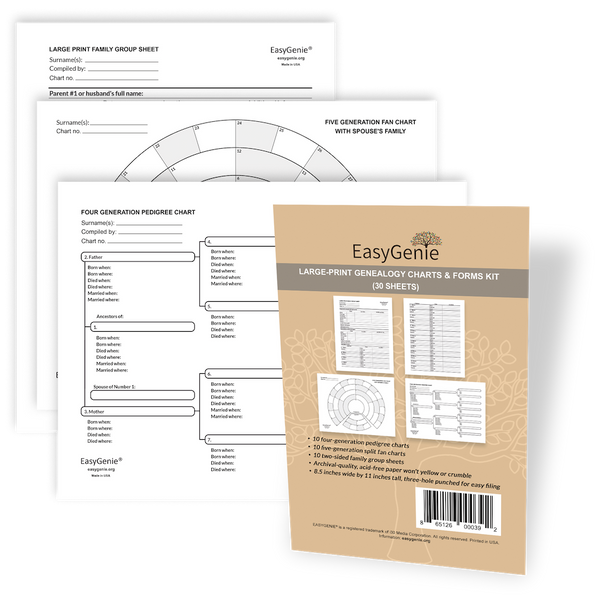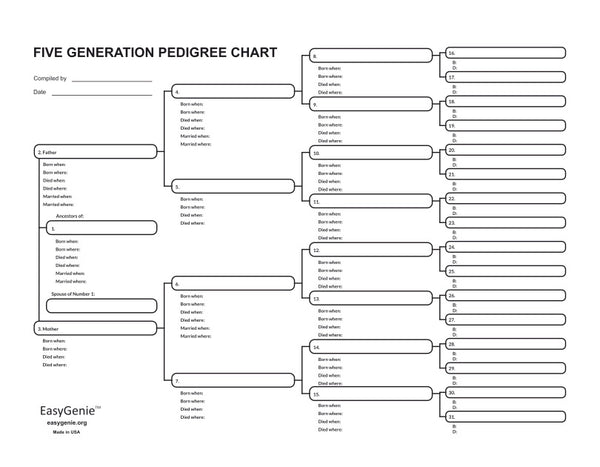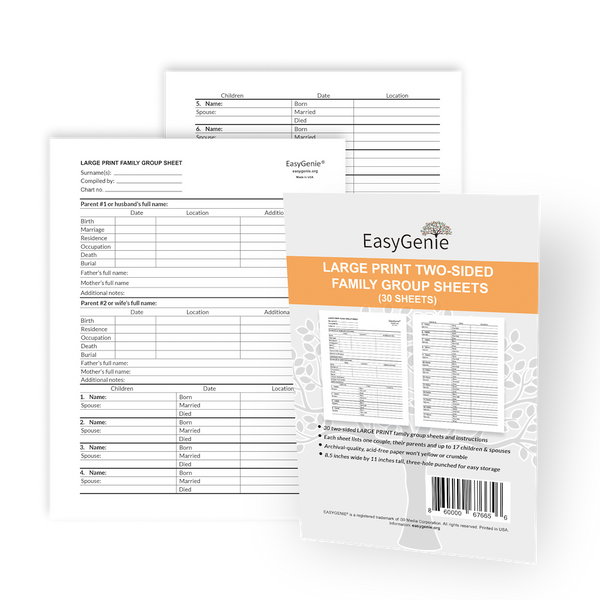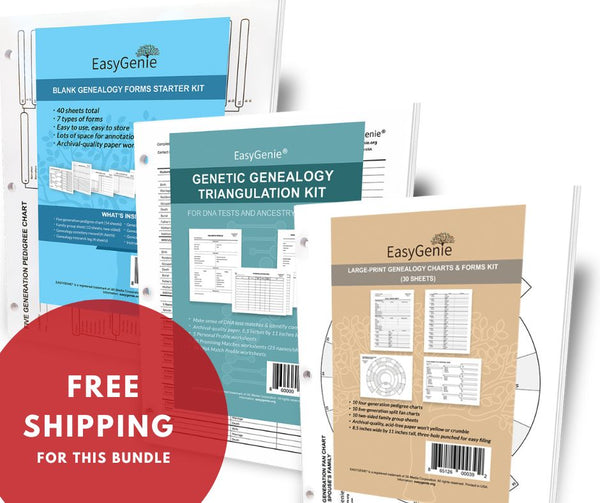
What does a jar of French mustard have to do with German genealogy?
Ian LamontWhat does a jar of French mustard have to do with German genealogy? If you have German roots, you probably know the answer by looking at the photo. If not, read on ...
Fraktur is a very old font based on medieval calligraphy used by monks, as shown in the manuscript. It's known as blackletter in the English-speaking world. There's an excellent history of fraktur/blackletter from the 99% Invisible podcast.

In the United States, blackletter is seen on a dwindling number of newspaper mastheads like The Boston Globe, New York Times, and Chicago Tribune. Sometimes, it appears on shop signs ("Ye Olde Candy Shoppe").

But in Germany, the blocky font had a much wider footprint with the rise of the German nation in the 1870s. Chancellor Otto Von Bismarck said he would refuse to read any German book not set in "German" type, and opposed "Roman" fonts used in France, England, and elsewhere.
Fraktur became the official font of the new German state in 1871, and was standard in official documents such as vital records, directories, books, and periodicals. Fraktur also appeared in German-language newspapers in the United States serving immigrant populations at that time.

Fraktur wasn't phased out until the early 1940s. It ceased to be taught in Germany after World War II owing to its association with German nationalism, especially Nazism.
But fraktur/blackletter still appears on European signs and labels that have some older historical connection, such as family-owned breweries, confectioners, and food manufacturers.
This includes the Pommery brand of mustard. The French manufacturer states the mustard has a history stretching back to the 1600s, and even the era of Charlemagne ... which is positively medieval and deserving of the old-school typeface! The mustard labels use blackletter in French for the domestic market, and blackletter in English for the export market (including Amazon and specialty grocers, where we found it).
The mustard is really delicious, and the labels are easier to understand than an old German newspaper printed in 6-point fraktur.








